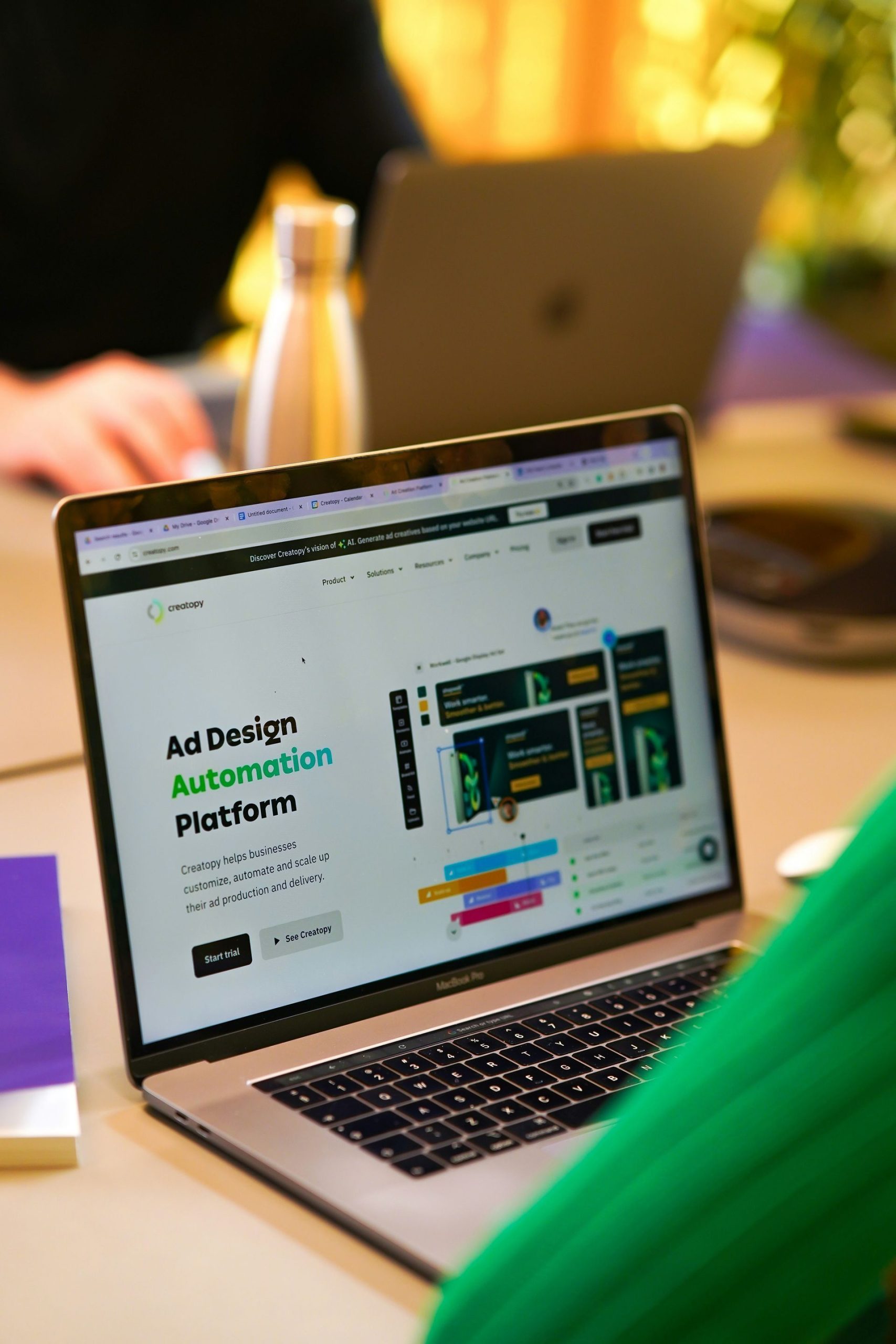Playable ads, often known as “playables”, are a newer, more interactive and engaging ad format where users are given the opportunity to “try before they buy” by playing with a more scaled-down, preview of an application or game, so they can see for themselves if it’s something they want to install. The format has become very popular with advertisers because it delivers greater engagement than traditional ads, and many times users won’t feel as if it is an ad. It’s more like a free demo that lasts anywhere from 15 seconds to one minute, and many actually enjoy the experience.
Playables have demonstrated significantly higher conversion rates, customer LTV and retention rates, leading to a higher return on ad spending than traditional ad formats.
Another advantage of playable ads is they give advertisers the chance to give something back, as users are often rewarded with in-game currency, tokens, points or other benefits for engaging with the ads.
What are the main benefits?
One of the main benefits is increased engagement, with playables offering a novel way for users to get a taste of the product or service being advertised, leading to increased interaction.
The interactive nature of playables is often appreciated by end users, and can lead to a more positive perception of the brand doing the advertising. Moreover, several studies have shown that playable ad formats deliver increased conversion rates. By targeting the right audience and giving them an opportunity to try a game or product before they have to go about installing it, the user is more likely to be receptive to the offering.
In addition, playable ads can also be more cost-effective than traditional ad experiences, which means a much better return on investment for the advertiser.
Best practices for playable ads
For advertisers just starting out with playable ads, it’s worth paying attention to the best practices established by those who are already enjoying the benefits of this new concept.
Keep it short and sweet: Playable ads need to get to the point quickly and shouldn’t really last longer than 45 seconds to 1 minute. The experience should last long enough to briefly immerse the end user, but at the same time it shouldn’t take so long that the user may feel as if it’s intrusive.
Get it right: Playable ads must consist of three elements, namely a quick tutorial, the gameplay phase and the call to action. The tutorial must introduce the player to the mini-game with simple instructions that shows them how to play in just a few seconds, so it must be extremely intuitive without requiring too many taps. Also, it must be made clear that the ad itself is one the user can interact with.
As for the gameplay, this entails a quick and simple version of the game that gives the user a proper glimpse of what the full app experience will be like. The aim is to convince the user that they’ll enjoy the app within just 10 to 20 seconds, and this can be done by letting them play an exciting beginner level in a game, or the chance to quickly snap a photo and overlay it with a filter in a photo editing app.
Finally the CTA must be clearly displayed, asking the user to install the app or perform some other step.
Provide an option to quit: One of the most annoying things about mobile ads is being forced to watch, as this irritates many users who simply want to get on with whatever they are doing. Given the higher conversion rates of playable ads, it makes sense to offer users the chance to opt out at any time with a simple “X” displayed somewhere visible. This allows the user to remain in control and creates a more positive experience.

Choose the right platform: There’s a time and a place for playable ads, and not every app is going to be a suitable place for a playable to pop up. For example if someone is using a calculator app to do some addition and subtraction, they’re probably not going to appreciate the distraction. Mobile games are an obvious target, as advertisers know their playable ads will be targeted at gamers. Playables have also proven effective on social media platforms such as Facebook.
Livestreaming platforms can also be a great place to insert playable ads. The Web3 video streaming platform Azarus enables brands to engage with enthusiastic gaming audiences and reward them for engaging with innovative playables that appear on Twitch livestreaming channels. It provides a laser-targeted audience for advertisers and it can be very cost-effective too.
For example, advertisers who sign up to launch playable trivia ads on Twitch channels can receive $2,500 credit if they commit to spending the same amount on their ad budgets. Advertisers benefit from a guaranteed 2,500 clicks that can potentially deliver up to 50,000 views on some of the most popular Twitch livestreams.
Who should use playable ads?
Mobile games dominate in playable ads as they can target gamers and show them new games that are likely to appeal, but there are other possibilities for this format. For instance, e-commerce apps can create playable ad experiences that allow users to interact with certain products, such as by testing them in virtual environments.
Educational apps can use playables to provide a quick intro lesson that shows users what kind of learning experience they offer, while video streaming apps can employ the format to provide a preview of the kind of content they showcase on their platforms. Travel apps can leverage playables to provide a virtual tour of worldwide destinations.
Other possible ideas include fun, interactive experiences with cosmetics products via a virtual makeup trial, interactive cooking demos for food products, or virtual test drives for cars. As always in the world of advertising, it’s up to the individual advertisers to get creative and see what kinds of experiences will grab people’s attention.
Featured image credit: Thanongsak kongtong / Unsplash





